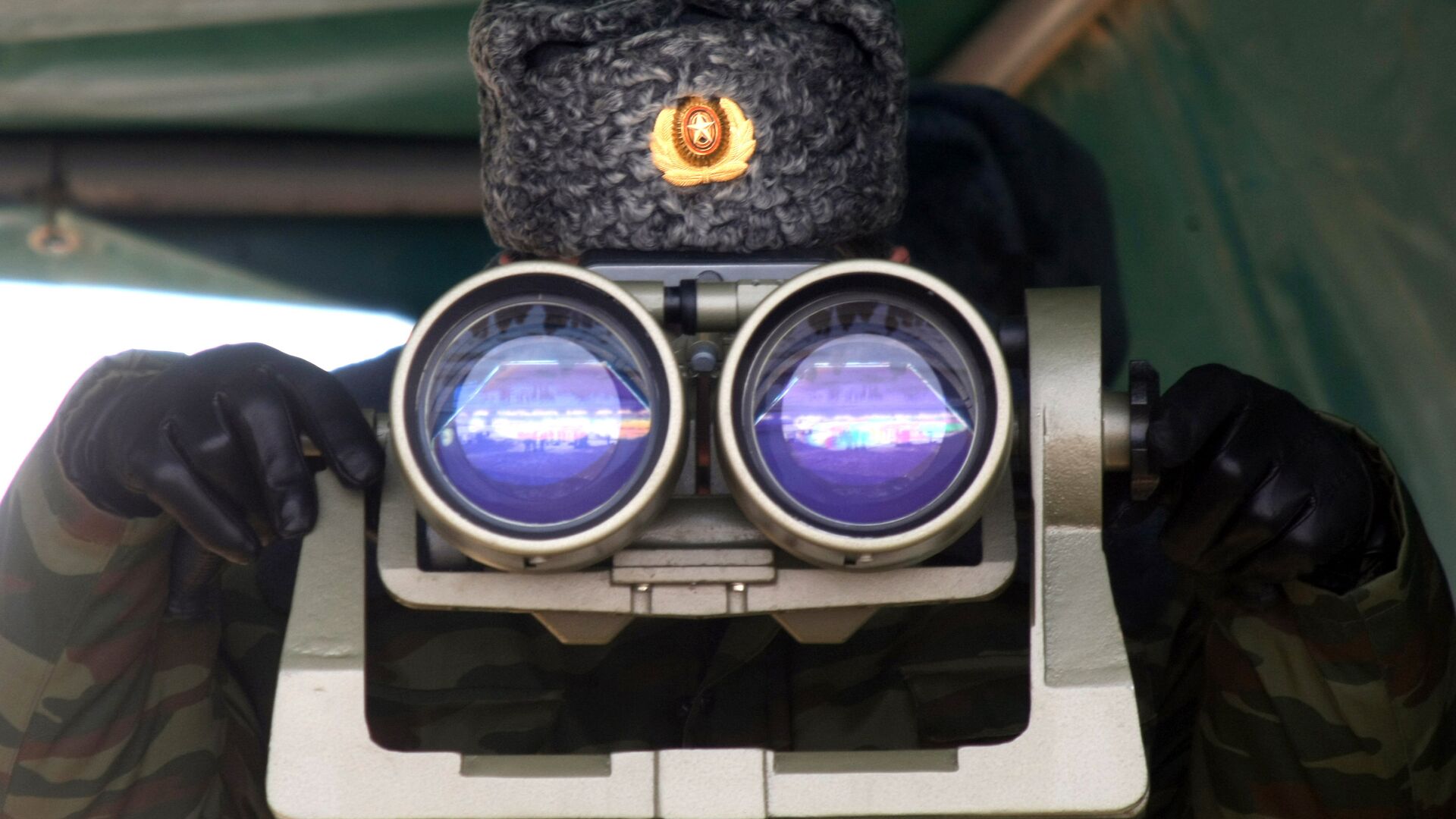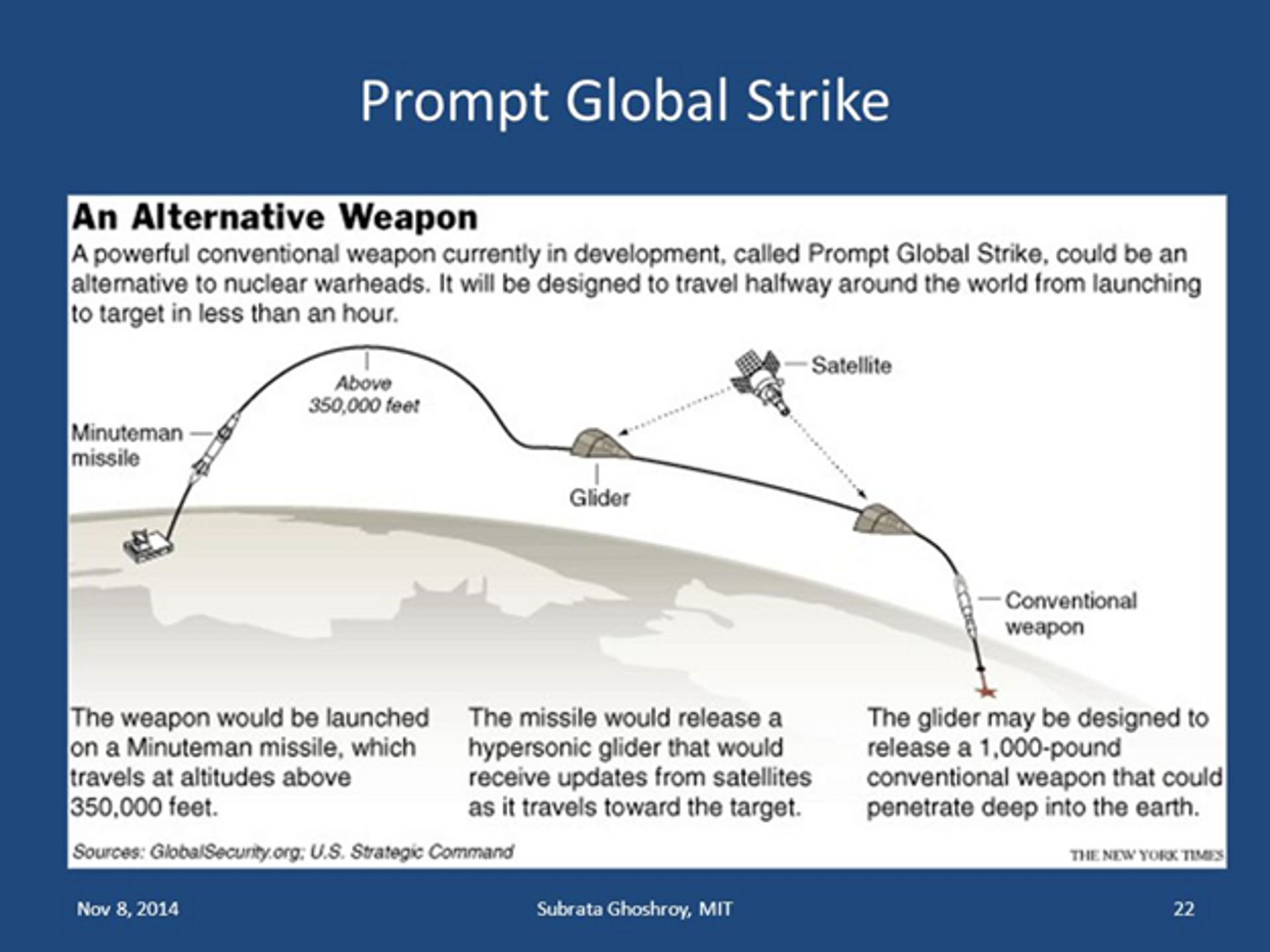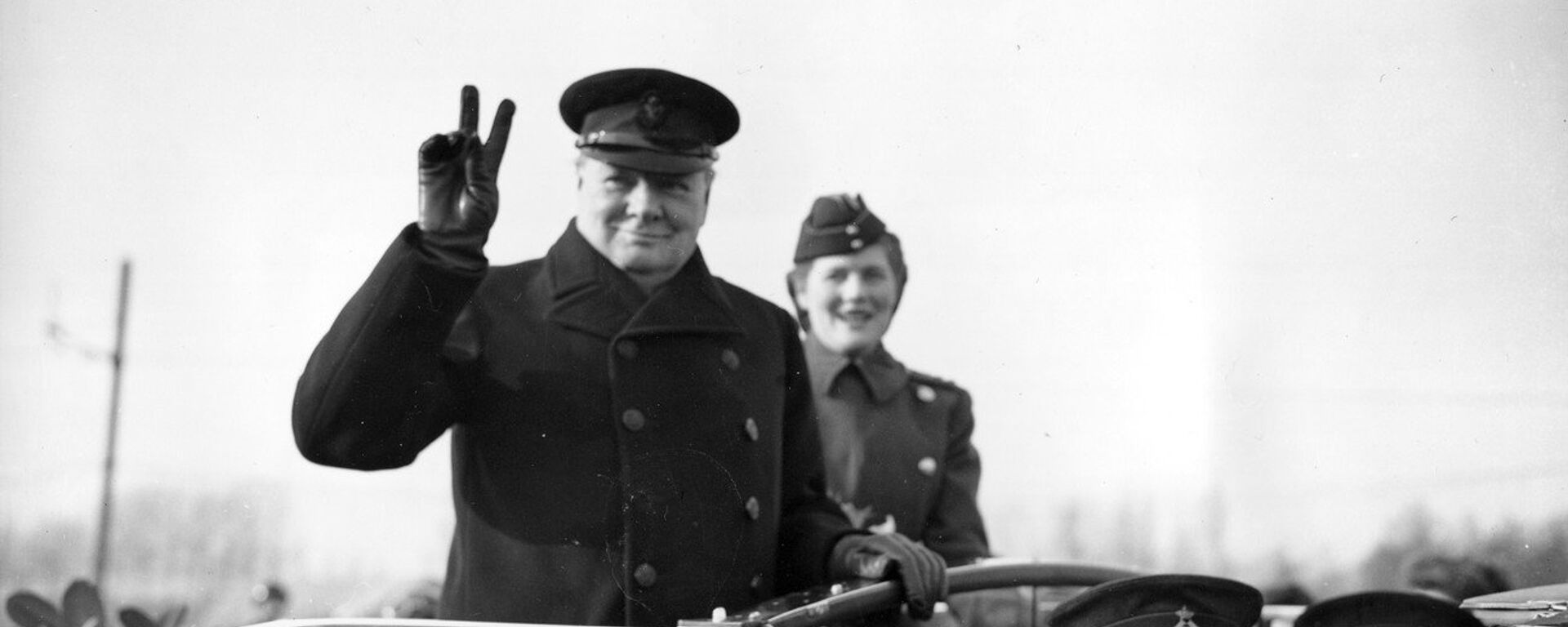https://sputnikglobe.com/20240115/fact-check-is-russia-really-getting-ready-to-invade-nato-1116182337.html
Fact Check: Is Russia Really Getting Ready to Invade NATO?
Fact Check: Is Russia Really Getting Ready to Invade NATO?
Sputnik International
NATO is getting ready for Russian aggression against the alliance’s eastern flank, German media says, citing a secret Bundeswehr document about preparations for the possible flashpoint. What's the actual chance of a Russian attack on NATO, and which side, historically, has dreamt about and planned for a World War III scenario in Eastern Europe?
2024-01-15T19:00+0000
2024-01-15T19:00+0000
2024-01-16T08:59+0000
analysis
vladimir putin
george h.w. bush
military & intelligence
russia
moscow
ukraine
nato
bundeswehr
pentagon
https://cdn1.img.sputnikglobe.com/img/106710/68/1067106873_0:160:3073:1888_1920x0_80_0_0_66fbcecbd03b9b03b055d5fabe767534.jpg
The German military is reportedly getting ready for a hot war between Russia and NATO, with a conflict scenario imagined in a classified Bundeswehr document envisioning a gradual escalation of tensions from February onwards, culminating in the buildup of hundreds of thousands of Russian and NATO troops around the Baltics and potential clashes by the summer of 2025.The so-called ‘Suwalki Gap’ – the 100 km long Polish strip of land separating Belarus and the Russian exclave of Kaliningrad, is deemed by the Bundeswehr to be the focal point of a possible Russia-NATO clash, with the scenario envisioning the transfer of some 300,000 NATO troops to Eastern Europe to “deter” Moscow from aggression. The scenario ends ambiguously, with its authors leaving open whether the tensions and troop buildup ends in a potentially world-ending shooting war.Russian officials scoffed at Bundeswehr planners’ rich imagination, with Foreign Ministry spokeswoman Maria Zakharova comparing the leaked plan to a “powerful horoscope” on Monday and saying she wouldn’t be surprised if the scenario was provided to the German military by the Foreign Ministry and its notoriously Russophobic chief, Annalena Baerbock.The German Defense Ministry attempted to walk back the report, with a spokesperson assuring Bild that “considering various scenarios, even if they are extremely unlikely, is part of everyday military practice, especially during army training” while nevertheless emphasizing that it takes “threats” from Russia seriously.‘Various Scenarios’The German MoD wasn’t wrong in mentioning the military’s propensity to plan for “various scenarios” when it comes to the idea of an all-out conflagration between Russia and NATO. What it left out, however, is that historically, many of the most outlandish declassified conflict scenarios seem to involve the idea of a preemptive attack against Russia by Western powers, not the other way around.In the spring of 1945, for example, just weeks after the end of WWII in Europe, and while the war against Japan was still raging, British Prime Minister Winston Churchill commissioned a secret plan for an invasion of the Soviet Union by the Western Allies, including the combined forces of the US and the UK, plus 10-12 German divisions created from the remnants of the Wehrmacht – the same force tens of thousands of American and British troops died fighting to liberate Western Europe from the Nazis.The plan, dubbed “Operation Unthinkable,” had the objective of imposing “upon Russia the will of the United States and the British Empire,” and included “the occupation of such areas of metropolitan Russia” to “render further resistance impossible.” Fortunately, the contingency was never realized, with its existence revealed to the public in 1998 after many decades under wraps. Some historians believe the Soviet leadership learned about the plan ahead of time, with Red Army forces in Eastern Europe inexplicably reorganizing in late June of 1945, just before the July 1 hypothetical attack date.From 1945 until 1949, the US enjoyed a global monopoly in the possession of nuclear weapons as Soviet scientists scrambled to catch up. During this brief window of time, the Pentagon developed at least nine separate plans to target its erstwhile WWII Soviet allies using nukes. Most famous among them was Operation Dropshot – a 1949 proposal calling for the bombardment of some 100 Soviet cities with 300 nuclear bombs and 250,000 tons of conventional munitions, plus chemical and bacteriological weapons, followed by a ground campaign to ensure “complete victory” over the USSR and its allies across Eurasia. The plan, which signed off on by the Joint Chiefs of Staff on December 19, 1949, was declassified in 1977, sparking disbelief among many ordinary Americans owing to its brutality.In 1988, at the twilight of the Cold War, while President Reagan was visiting Moscow to schmooze with General Secretary Gorbachev and to announce that he no longer saw the USSR as an “evil empire,” the US Naval War College was playing out a strategic wargame modeling surprise offensive operations against Soviet air defenses, military-industrial complex, and naval assets in Asia.The concept, still around and now called ‘Conventional Prompt Strike’, proposes the use of thousands of conventional ballistic and cruise missiles, as well as air and space assets, either in place of or in coordination with nuclear weapons. The US began to develop the Prompt Global Strike idea at the same time that the US withdrew from the Anti-Ballistic Missile Treaty with Russia in 2002, with that move, combined with NATO encroachment on Russia’s western borders from 1999 onward, forcing Moscow to invest significant resources into the development of fundamentally new strategic weapons, including hypersonic missiles.Tactical BlindspotsThe Bundeswehr’s fearmongering about the potential for "Russian aggression against NATO" in the Suwalki Gap isn’t new. In fact, Sputnik has been reporting on and poking holes in similar claims since at least 2015, when Pentagon officials first began warning that Russia might attempt to close the gap, thus cutting off the Baltics from Poland and the West. Then, as now, the US and its allies never bothered to explain what on Earth would motivate Russia to attack NATO.In 2017, following another dose of fearmongering related to Russia and the Suwalki Gap in the Wall Street Journal, political observer Yevgeny Krutikov said that NATO’s fears were nothing short of “stupidity,” pointing out that most of the Suwalki Gap area consists of woodland, lakes and swamps, including a national park, and that the region lacks any major roads. “It does not even cross anyone’s mind that tanks can’t pass through the Suwalki woods,” Krutikov stressed at the time.Strategic Fallacies in LogicSeven years later, the Suwalki Gap has reemerged in the minds of Western military planners as the place where Russia-NATO tensions could go hot. Leaving aside tactical considerations, the question Sputnik and others have asked, and which NATO have never been able to answer, is why Moscow would launch what amounts to an unprovoked invasion of Poland – a NATO member, and proceed to attack three more NATO allies (Lithuania, Latvia and Estonia), thus triggering World War III in the process.Russia’s military demonstrated its capabilities against Ukraine in the proxy war with NATO in Ukraine, with the country’s troops, equipment and military production capabilities more than a match for an army trained, armed and funded by the Western bloc, and even earning the ranking of number one in the world militarily – above the United States, in a recent US report.That said, a direct confrontation with NATO could very quickly turn against Russia’s favor, with the alliance having more than four times the total military personnel and active duty troops, three times the number of paramilitary reserves, nearly five times as many aircraft, six times as many armored vehicles, 3.5 times more warships, and over six times the population.Under Article 5 of the NATO Treaty, members are required to come to the defense of members in the event of enemy aggression, and at least in theory, are under obligation to deploy weapons up to and including nuclear weapons, if necessary. That, combined with Washington’s carefree approach to nukes (including allowing their use on a first strike basis and even against non-nuclear-armed adversaries), means a Russian attack on the Baltics would very likely put the planet on a rapid ride to a world-ending World War – something Russian political and military leaders have repeatedly demonstrated they are not interested in.Perhaps if the alliance spent more time listening to what the Russian president has been saying and living up to decades-old promises to Moscow not to expand eastward instead of antagonizing the country by fueling a proxy war against it in Ukraine, Bundeswehr planners wouldn’t have to worry about paranoid scenarios involving having to fight the Russian army hundreds of kilometers east of Germany.
https://sputnikglobe.com/20240115/germany-gearing-up-for-nato-russia-war-after-ukraines-defeat---bild-1116167994.html
https://sputnikglobe.com/20200522/revealed-why-churchill-considered-operation-unthinkable-surprise-attack-on-moscow-in-1945-1079391874.html
https://sputnikglobe.com/20240111/baltic-states-join-ukraine-in-seeking-to-draw-nato-into-open-conflict-with-russia-1116121396.html
russia
moscow
ukraine
Sputnik International
feedback@sputniknews.com
+74956456601
MIA „Rossiya Segodnya“
2024
News
en_EN
Sputnik International
feedback@sputniknews.com
+74956456601
MIA „Rossiya Segodnya“
Sputnik International
feedback@sputniknews.com
+74956456601
MIA „Rossiya Segodnya“
is russia going to invade europe, does russia want to invade europe
is russia going to invade europe, does russia want to invade europe
Fact Check: Is Russia Really Getting Ready to Invade NATO?
19:00 GMT 15.01.2024 (Updated: 08:59 GMT 16.01.2024) Longread
NATO is getting ready for Russian aggression against the alliance’s eastern flank, Bild says, citing a "secret Bundeswehr document" about preparations for the possible flashpoint. But what's the actual chance of a Russian attack on NATO, and which side, historically, has dreamt about and planned for a World War III scenario in Eastern Europe?
The German military is
reportedly getting ready for a hot war between Russia and NATO, with a conflict scenario imagined in a classified Bundeswehr document envisioning a gradual escalation of tensions from February onwards, culminating in the buildup of hundreds of thousands of Russian and NATO troops around the Baltics and potential clashes by the summer of 2025.
The document lays out a scenario in which Russia, emboldened by Ukraine fatigue among NATO countries, kicks off a successful spring offensive over the coming months, chipping away at the Ukrainian army, and then – for reasons known apparently only to Bundeswehr planners, starting a campaign of “cyber attacks and other forms of hybrid warfare” against the Baltic states to stir up unrest among the ethnic Russian minority there.
The so-called ‘Suwalki Gap’ – the 100 km long Polish strip of land separating Belarus and the Russian exclave of Kaliningrad, is deemed by the Bundeswehr to be the focal point of a possible Russia-NATO clash, with the scenario envisioning the transfer of some 300,000 NATO troops to Eastern Europe to “deter” Moscow from aggression. The scenario ends ambiguously, with its authors leaving open whether the tensions and troop buildup ends in a potentially world-ending shooting war.
Russian officials scoffed at Bundeswehr planners’ rich imagination, with Foreign Ministry spokeswoman Maria Zakharova comparing the leaked plan to a “powerful horoscope” on Monday and saying she wouldn’t be surprised if the scenario was provided to the German military by the Foreign Ministry and its notoriously Russophobic chief, Annalena Baerbock. The German Defense Ministry attempted to walk back the report, with a spokesperson assuring Bild that “considering various scenarios, even if they are extremely unlikely, is part of everyday military practice, especially during army training” while nevertheless emphasizing that it takes “threats” from Russia seriously.
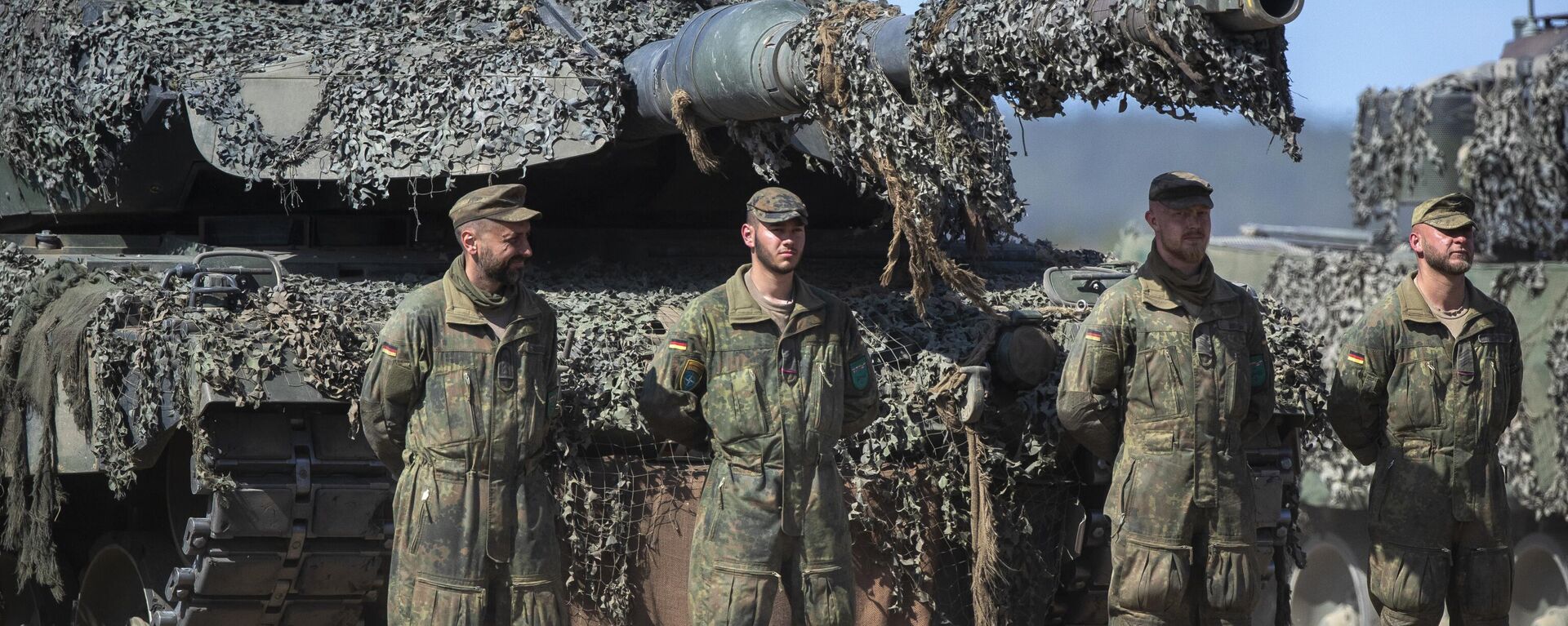
15 January 2024, 07:52 GMT
The German MoD wasn’t wrong in mentioning the military’s propensity to plan for “various scenarios” when it comes to the idea of an all-out conflagration between Russia and NATO. What it left out, however, is that historically, many of the most outlandish declassified conflict scenarios seem to involve the idea of a preemptive attack against Russia by Western powers, not the other way around.
In the spring of 1945, for example, just weeks after the end of WWII in Europe, and while the war against Japan was still raging, British Prime Minister Winston Churchill commissioned a secret plan for an invasion of the Soviet Union by the Western Allies, including the combined forces of the US and the UK, plus 10-12 German divisions created from the remnants of the Wehrmacht – the same force tens of thousands of American and British troops died fighting to liberate Western Europe from the Nazis.
The plan, dubbed “Operation Unthinkable,” had the objective of imposing “upon Russia the will of the United States and the British Empire,” and included “the occupation of such areas of metropolitan Russia” to “render further resistance impossible.” Fortunately, the contingency was never realized, with its existence revealed to the public in 1998 after many decades under wraps. Some historians believe the Soviet leadership learned about the plan ahead of time, with Red Army forces in Eastern Europe inexplicably reorganizing in late June of 1945, just before the July 1 hypothetical attack date.
From 1945 until 1949, the US enjoyed a global monopoly in the possession of nuclear weapons as Soviet scientists scrambled to catch up. During this brief window of time, the
Pentagon developed at least nine separate plans to target its erstwhile WWII Soviet allies using nukes. Most famous among them was
Operation Dropshot – a 1949 proposal calling for the bombardment of some
100 Soviet cities with
300 nuclear bombs and 250,000 tons of conventional munitions,
plus chemical and bacteriological weapons, followed by a ground campaign to ensure “complete victory” over the USSR and its allies across Eurasia. The plan, which signed off on by the Joint Chiefs of Staff on December 19, 1949, was declassified in 1977, sparking disbelief among many ordinary Americans owing to its brutality.
In
1988, at the twilight of the Cold War, while President Reagan was visiting Moscow to schmooze with General Secretary Gorbachev and to announce that he no longer saw the USSR as an “evil empire,” the US Naval War College was
playing out a strategic wargame
modeling surprise offensive operations against Soviet air defenses, military-industrial complex, and naval assets in Asia.
After the Cold War ended and the USSR broke apart, the Pentagon continued to plan for scenarios of unprovoked aggression against Moscow – even as US leaders spoke of Russia as their ‘partners’ in the “new world order” announced by President George H.W. Bush in his State of the Union address in January 1991. In the early 2000s, while Bush’s son George W. Bush gushed about looking into President Putin’s eyes to “get a sense of his soul,” Pentagon planners were busy coming up with Prompt Global Strike – a scenario proposing the massed launch of precision-guided conventional missiles to decapitate the Russian leadership and declaw its nuclear forces.
The concept, still around and now called ‘Conventional Prompt Strike’, proposes the use of thousands of conventional ballistic and cruise missiles, as well as air and space assets, either in place of or in coordination with nuclear weapons. The US began to develop the Prompt Global Strike idea at the same time that the US withdrew from the Anti-Ballistic Missile Treaty with Russia in 2002, with that move, combined with NATO encroachment on Russia’s western borders from 1999 onward, forcing Moscow to invest significant resources into the development of fundamentally new strategic weapons, including hypersonic missiles.
The above examples serve to demonstrate that whatever the geopolitical climate at the time – and whether Moscow is an erstwhile ally in the fight against German Nazism and Japanese militarism, an adversary at the start of the Cold War, a newfound friend at its end, or a trusted ‘partner’ at the dawn of the 21st century, US and allied military planners will find cause to come up with scenarios for a war of aggression against Russia. The historical detour adds a dose of context to reporting on purported Russian plans to attack NATO without provocation, with such plans seemingly being more the alliance's forte.
The Bundeswehr’s fearmongering about the potential for "Russian aggression against NATO" in the Suwalki Gap isn’t new. In fact, Sputnik has been reporting on and poking holes in similar claims
since at least 2015, when Pentagon officials first began warning that Russia might attempt to close the gap, thus cutting off the Baltics from Poland and the West. Then, as now, the US and its allies
never bothered to explain what on Earth would motivate Russia to attack NATO.
In 2017, following another dose of fearmongering related to Russia and the Suwalki Gap in the Wall Street Journal, political observer Yevgeny Krutikov said that NATO’s fears were nothing short of “stupidity,”
pointing out that most of the Suwalki Gap area consists of woodland, lakes and swamps, including a national park, and that the region lacks any major roads.
“It does not even cross anyone’s mind that tanks can’t pass through the Suwalki woods,” Krutikov stressed at the time.Strategic Fallacies in Logic
Seven years later, the Suwalki Gap has reemerged in the minds of Western military planners as the place where Russia-NATO tensions could go hot. Leaving aside tactical considerations, the question Sputnik and others have asked, and which NATO have never been able to answer, is why Moscow would launch what amounts to an unprovoked invasion of Poland – a NATO member, and proceed to attack three more NATO allies (Lithuania, Latvia and Estonia), thus triggering World War III in the process.
Russia’s military demonstrated its capabilities against Ukraine in the proxy war with NATO in Ukraine, with the country’s troops, equipment and military production capabilities more than a match for an army trained, armed and funded by the Western bloc, and
even earning the ranking of number one in the world militarily – above the United States, in a recent US report.
That said, a direct confrontation with NATO could very quickly turn against Russia’s favor, with the alliance having
more than four times the total military personnel and active duty troops, three times the number of paramilitary reserves, nearly five times as many aircraft, six times as many armored vehicles, 3.5 times more warships, and over six times the population.
Under Article 5 of the NATO Treaty, members are required to come to the defense of members in the event of enemy aggression, and at least in theory, are under obligation to deploy weapons up to and including nuclear weapons, if necessary. That, combined with Washington’s carefree approach to nukes (including allowing their use on a first strike basis and even against non-nuclear-armed adversaries), means a Russian attack on the Baltics would very likely put the planet on a rapid ride to a world-ending World War – something Russian political and military leaders have repeatedly demonstrated they are not interested in.
“The whole of NATO cannot fail to understand that Russia no reason, no interest – neither geopolitical interest, nor economic, nor political, nor military – to fight with NATO countries,” President Vladimir Putin said in an interview with Russian media last month. Moscow and the bloc “have no territorial claims against each other,” Putin stressed, adding that Moscow would prefer peaceful coexistence to confrontation with bloc members.
Perhaps if the alliance spent more time listening to what the Russian president has been saying and living up to decades-old promises to Moscow not to expand eastward instead of antagonizing the country by fueling a proxy war against it in Ukraine, Bundeswehr planners wouldn’t have to worry about paranoid scenarios involving having to fight the Russian army hundreds of kilometers east of Germany.
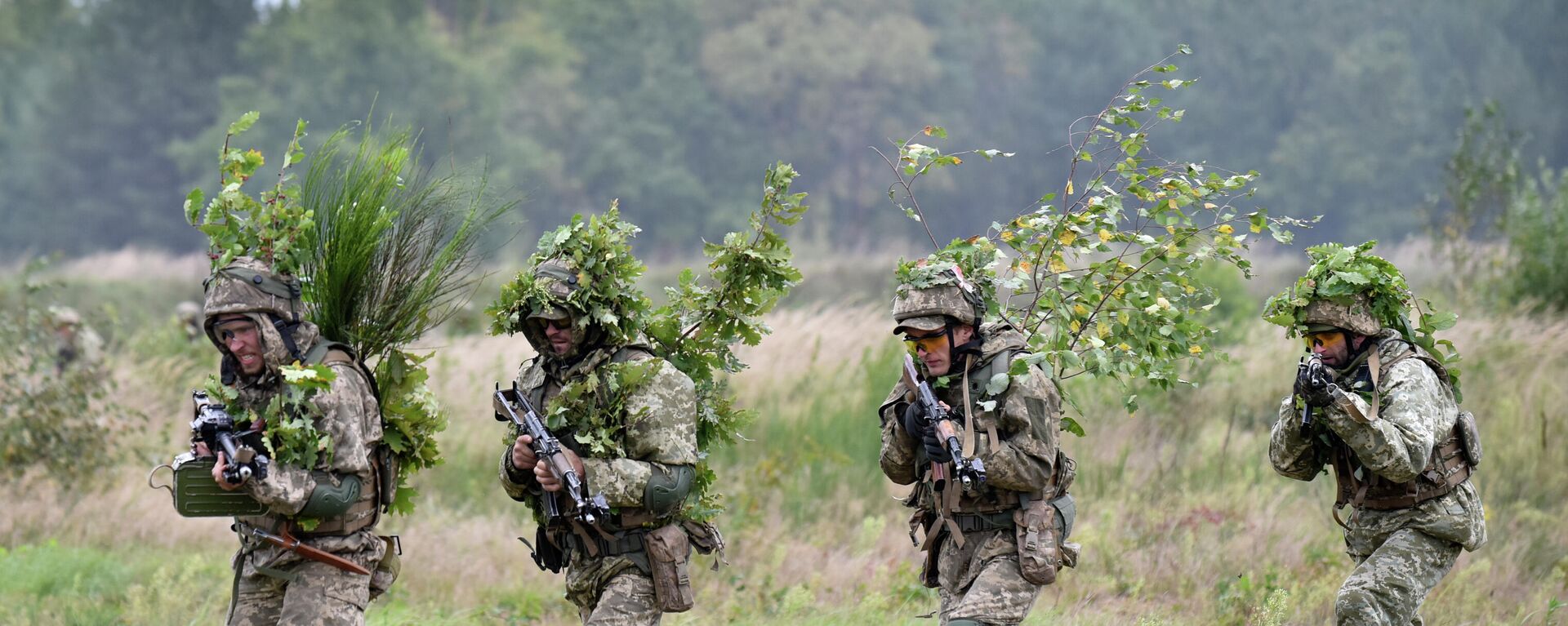
11 January 2024, 19:00 GMT
